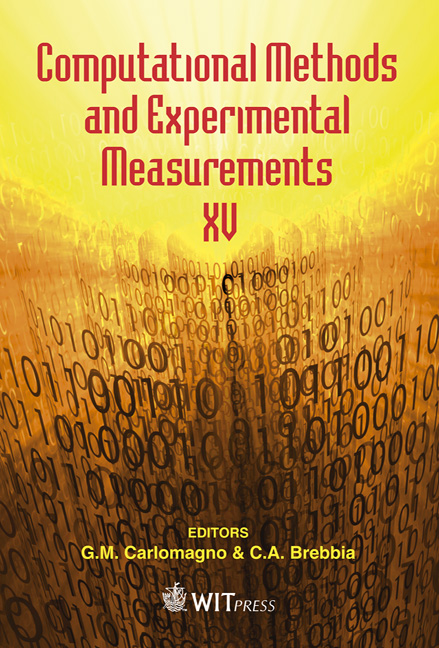Stochastic Traffic Generator For Monte Carlo Load Flow Simulation
Price
Free (open access)
Transaction
Volume
51
Pages
11
Page Range
659 - 669
Published
2011
Size
472 kb
Paper DOI
10.2495/CMEM110581
Copyright
WIT Press
Author(s)
E. Pilo de la Fuente, J. Jiménez-Octavio, R. Rodriguez- Pecharroman & A. Lopez Lopez
Abstract
This paper presents a stochastic traffic generator in which (i) the driving manner is assumed to be stochastic, (ii) random unexpected stops are considered and (iii) the stop time in the stations is also supposed to be stochastic. This simulation tool provides a large number of different driving scenarios to be used for a Monte Carlo load flow analysis. Traffic simulations algorithms are described in detail. Reference to a section of the Madrid–Barcelona high-speed line illustrates the potential of such a tool. Keywords: power supply, train driving, stochastic simulation. 1 Introduction One of the inputs required for designing the electrification in a railway system is the power to be supplied to the rolling stock in each time step, which is in itself closely related to the considered operation. Accordingly, compared to other power systems, railways are quite different: power consumptions are moving loads and change very quickly. The power consumption depends on the manner in which the trains are driven (the speed along the trip, how fast it accelerates or it brakes, etc.), the characteristics of the train (mass, running resistance, motors, etc.) and the path (slopes, speed limits, etc). Due to its complexity, computation of instant power consumption of the trains is normally performed by software tools. When traction power consumptions have to be estimated, the characteristics of the train and the path are typically well defined. However, rail lines are normally not equipped with automatic driving systems and each driver drives his
Keywords
power supply, train driving, stochastic simulation





